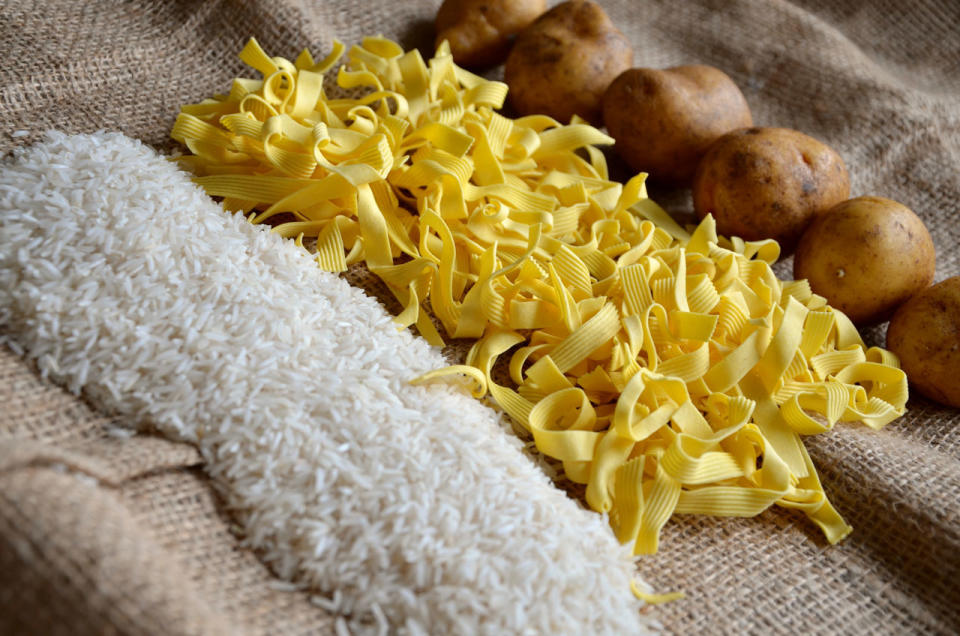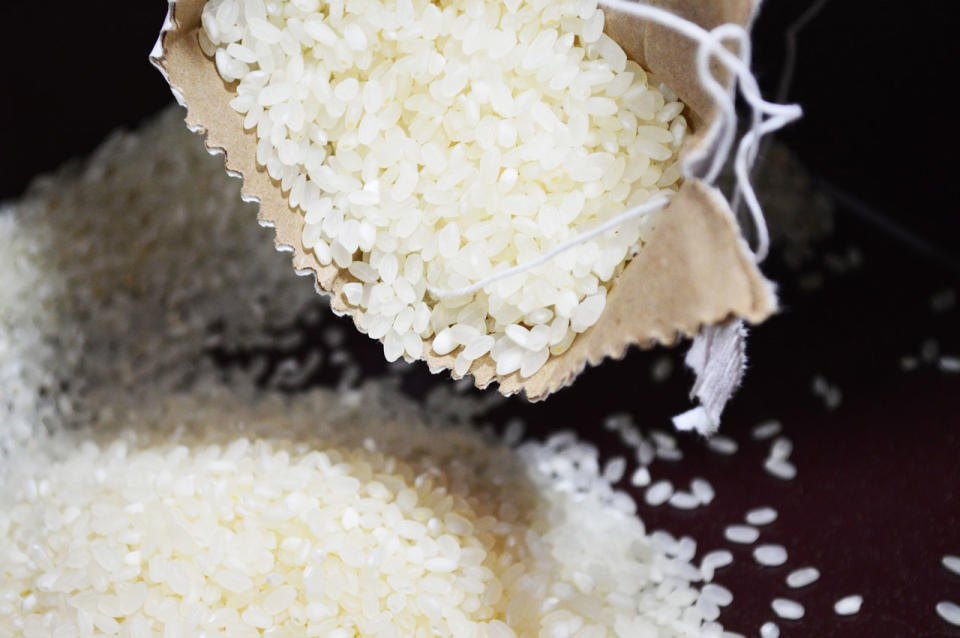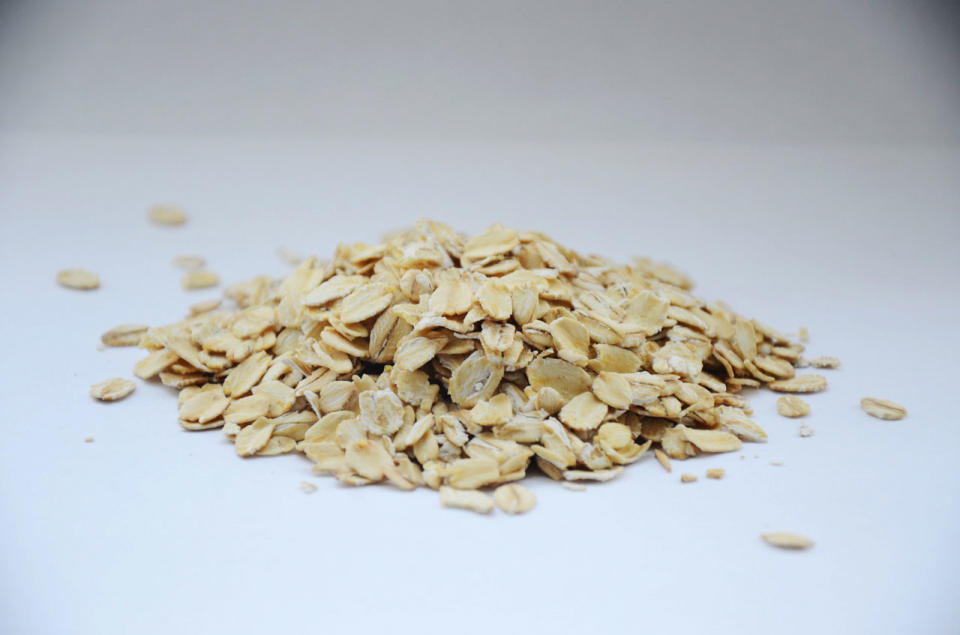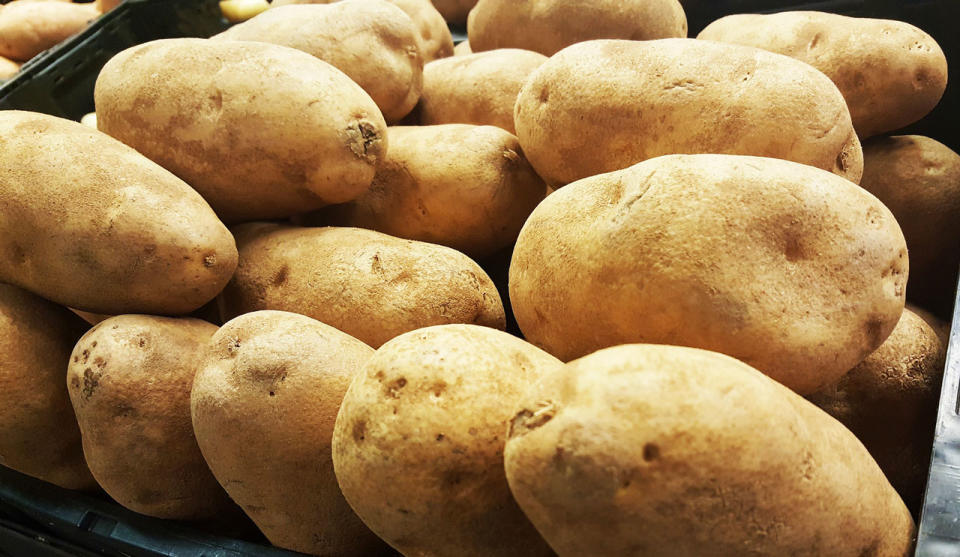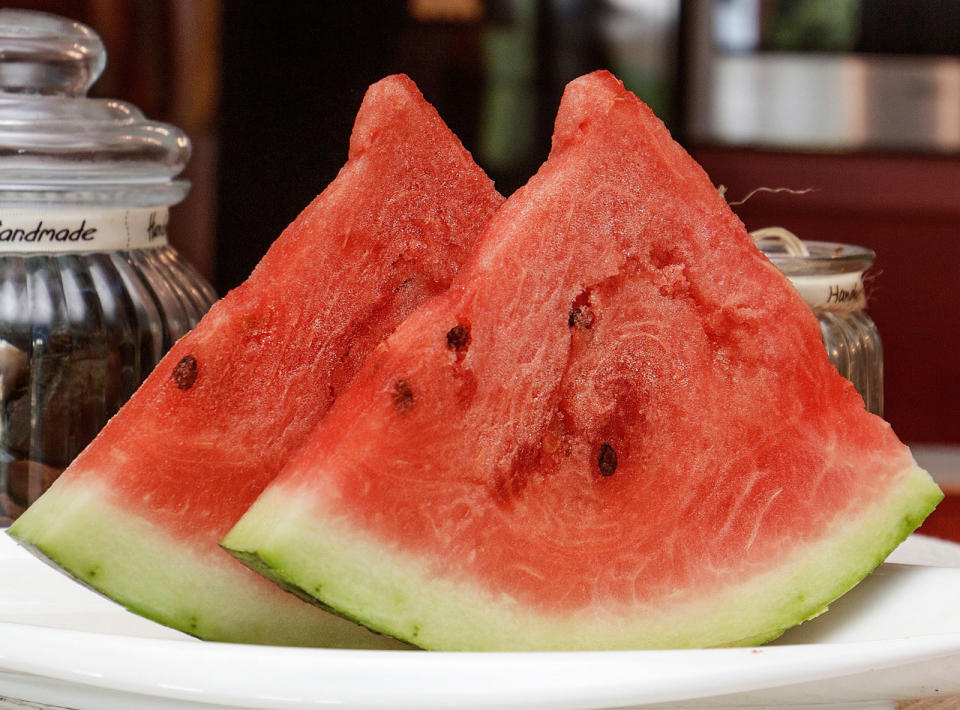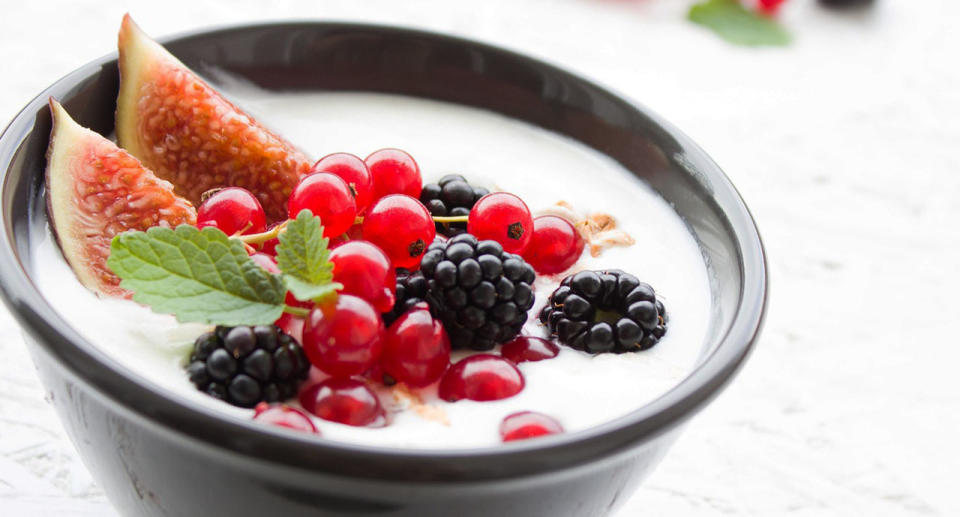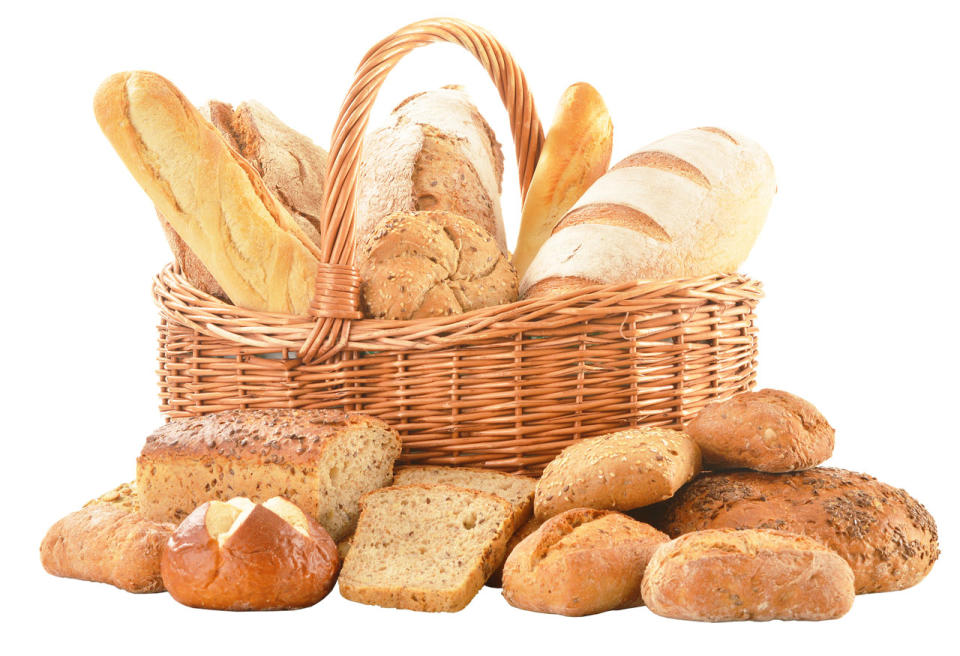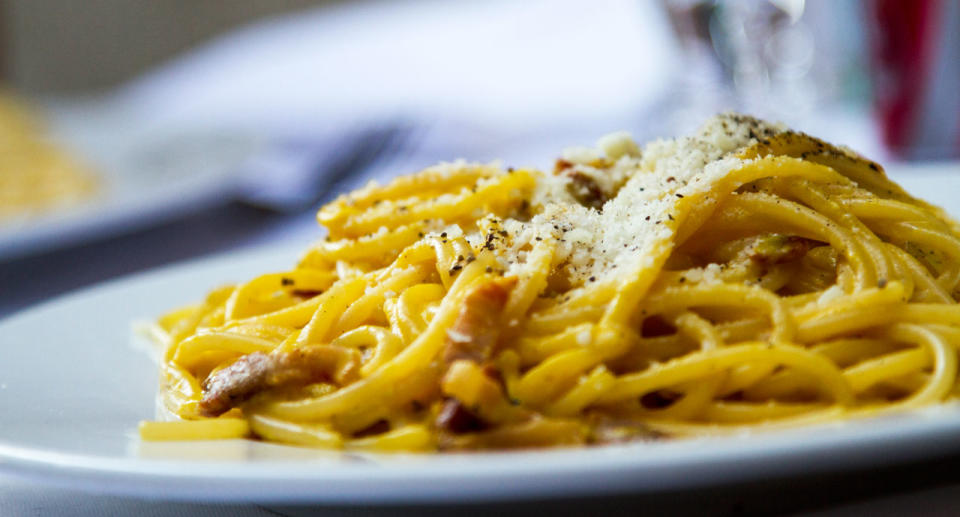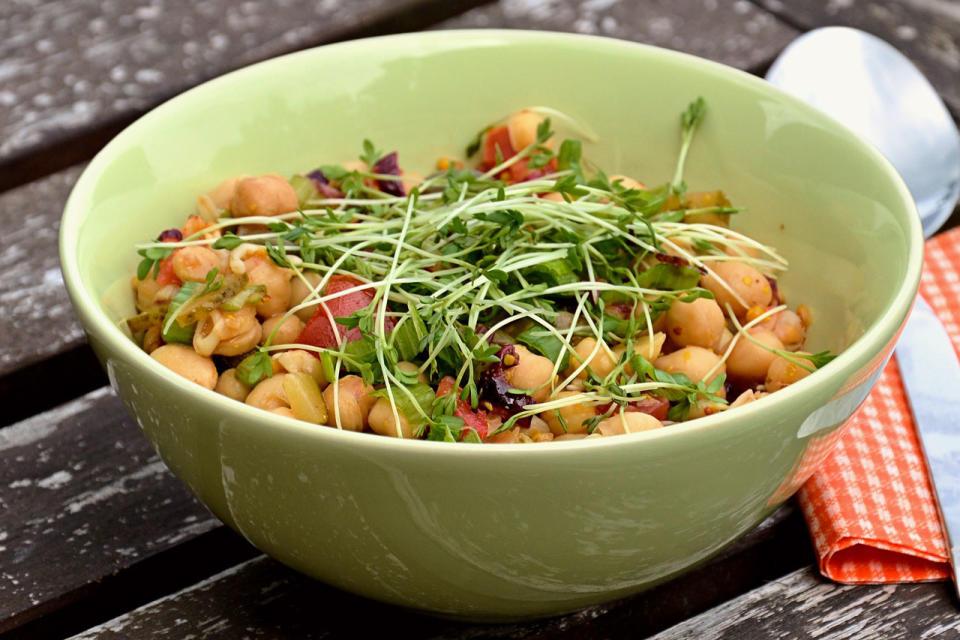Why the glycaemic index is so important for health
The glycaemic index (GI) is a ranking of carbohydrates, and is based on the rate at which foods raise your blood glucose levels. For reference, pure glucose has a GI value of 100.
There are three GI categories – high, medium and low:
55 or less = Low GI
56- 69 = Medium GI
70 or higher = High GI
Carbohydrates with low GI values are typically good for you because they are metabolised slowly and cause a gradual rise in blood glucose, while foods with high GI values are not as good because they break down quickly and cause a rapid rise in blood glucose.
Studies show that eating excessive amounts of high GI foods can increase your risk of obesity, Type 2 diabetes and heart disease.
However, low GI foods are not always healthy and high GI foods are not always unhealthy, so experts advise that you should also consider nutritional values before making food choices. For example, the GI value of potato chips is lower than that of instant oatmeal, but oatmeal has more nutrients.
Portion size is another important determinant since the GI load is higher for bigger portions. For example, a cup of white rice has a higher GI load than a slice of watermelon, though the GI value of both is the same.
Factors that affect a food’s GI value:
– Ripeness, e.g. the GI value of a banana goes up as it ripens.
– Cooking method, e.g. adding fat and protein can lower GI value.
– Cooking time, e.g. the longer you cook pasta, the higher its GI value.
– Side dishes, e.g. eating a low GI food with a high GI one can bring down the meal’s overall GI value.
7 high/medium GI foods with their GI values
Russet potato (baked) – 111
Baguette (white) – 91
Instant oatmeal – 79
White rice (boiled) – 72
Watermelon – 72
Raisins – 64
Potato chips – 56
7 low GI foods with their GI values
Hummus – 6
Chickpeas – 10
Peanuts – 13
Soy beans – 15
Grapefruit – 25
Reduced fat yogurt with fruit – 33
Green peas – 54
(Source: Harvard Health)

